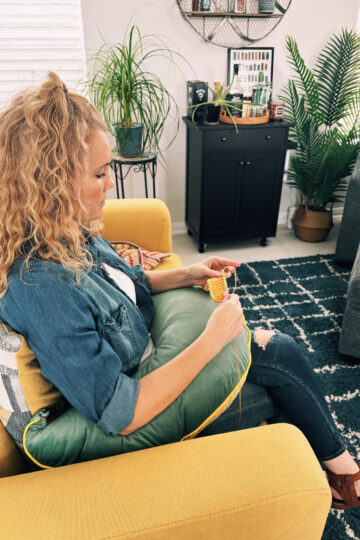The therapeutic benefits of crochet include its ability to decrease stress and anxiety, enhance mindfulness and concentration, and foster a meditative state through its repetitive and rhythmic motions while also boosting fine motor skills and creativity.
In the fast-paced whirlwind of modern life, we often find ourselves entangled in stress, anxiety, and constant demands.
This especially pops up around the holiday season as our minds are occupied with gift-giving and party throwing, and the like. In these moments of chaos, we yearn for an escape, a way to unplug from the world and reconnect with our inner calm.
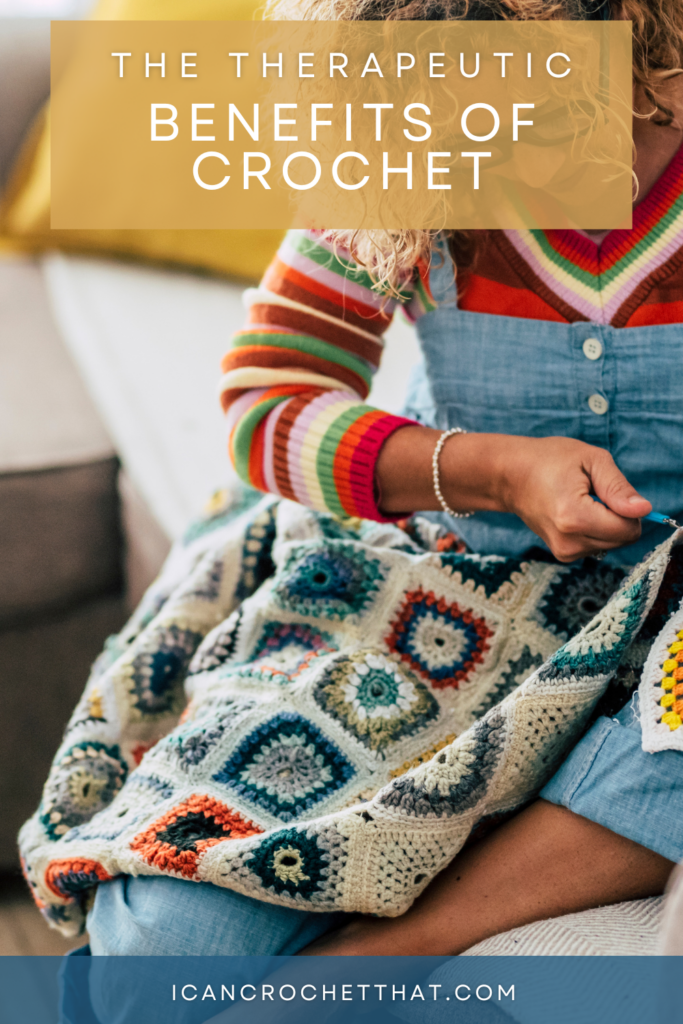
Enter crochet – a simple yet profoundly therapeutic craft that has been around for forever and has some of the most amazing benefits when it comes to stress.
Today, we’ll be exploring crochet’s remarkable therapeutic benefits that extend far beyond the creation of beautiful handcrafted pieces and discover how this age-old art form can benefit us physically and mentally.
1. Stress Reduction
Crocheting can be a calming and meditative activity. The repetitive motions and focus required to create intricate patterns can help reduce stress and anxiety. It can serve as a mindfulness practice, promoting relaxation and a sense of well-being.
Mindfulness and Relaxation
Crocheting involves repetitive hand movements and a rhythmic pattern of stitches. This repetition can induce a state of mindfulness, where you become fully absorbed in the activity and focus on the present moment. This mindfulness can help calm the mind and reduce stress.
Stress Relief through Creativity
Engaging in a creative activity like crocheting allows you to channel your energy and emotions into a productive and enjoyable task. This creative outlet can provide an emotional release and a sense of accomplishment, reducing stress.
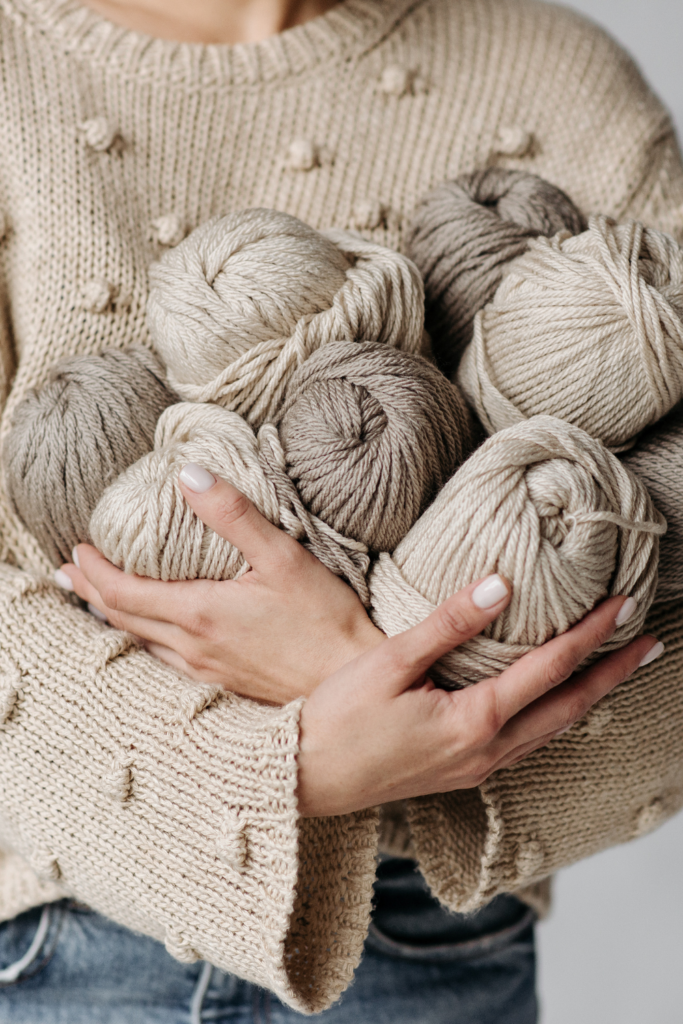
Distraction from Stressors
When you're crocheting, your attention is directed toward the current project, keeping your mind off stress and worries. This distraction can help lower anxiety and stress levels.
Reduced Physiological Responses
Engaging in a relaxing and enjoyable activity like crocheting can lead to physiological changes in the body, such as a decrease in heart rate and muscle tension, which are associated with reduced stress.
Sense of Accomplishment
Completing a crochet project provides a tangible sense of accomplishment. This achievement can boost self-esteem and confidence, which are essential for managing stress. It also boosts dopamine, the motivation hormone.
Social Support
Crocheting can be a social activity if you participate in crochet groups or share your projects with friends and family. Social connections and support can be effective in reducing stress.
Emotional Expression
Crocheting allows you to express yourself through your choice of colors, patterns, and designs. This emotional expression can be a healthy way to process and release emotions related to stress.
Flow State
Crocheting often leads to a state of flow where you're fully engaged in the activity and lose track of time. This flow state can contribute to relaxation and is a sign of deep concentration and engagement.
Stress Reduction Over Time
Establishing a regular crochet practice can lead to long-term stress reduction benefits. By incorporating crocheting into your routine, you can develop a healthy coping mechanism for managing stress.
It's important to remember that the effectiveness of crocheting as a stress reduction technique can vary from person to person. Some people find it particularly soothing, while others may prefer different activities.
Finding a relaxation technique that works for you is a personal journey, and crocheting is just one of many options to consider.
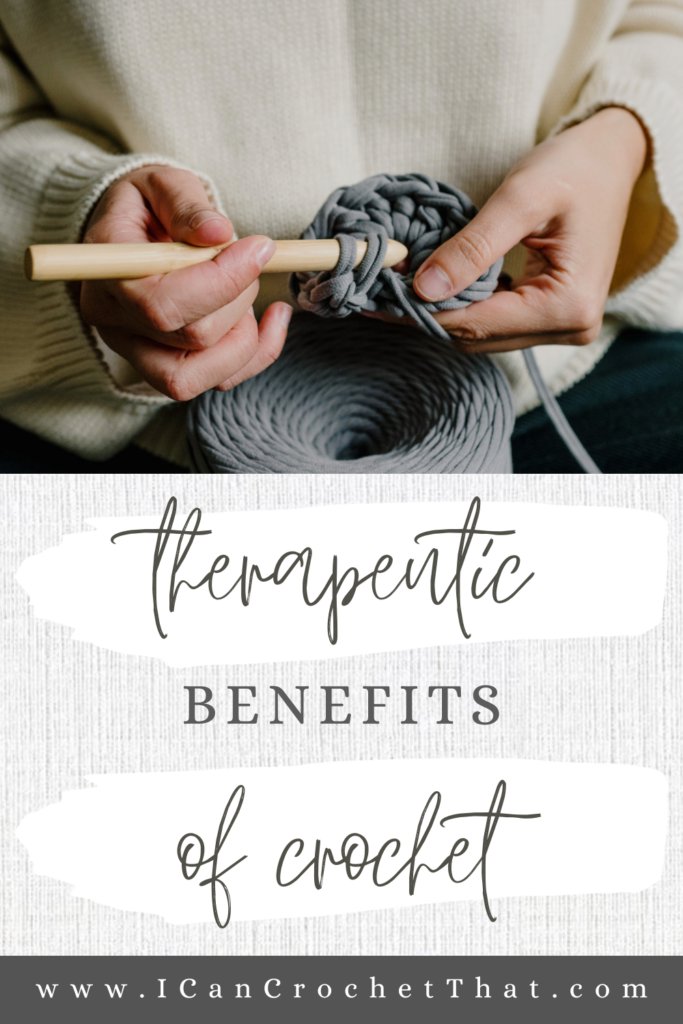
2. Pain Management
Some people find that crocheting can help with pain management, particularly for conditions like arthritis. The repetitive hand movements can improve hand dexterity and reduce stiffness. Crocheting also can potentially help with pain management in the following ways:
Distraction
Engaging in crochet can act as a distraction from physical pain. The concentration required for crocheting can shift your focus away from discomfort, helping to reduce the perception of pain.
Improved Hand Dexterity
Crocheting involves hand movements that can help improve hand dexterity and flexibility. This can be especially beneficial for individuals with conditions like arthritis, where hand pain and stiffness are common.
Relaxation and Stress Reduction
Crocheting is a relaxing and meditative activity. When you're relaxed, your muscles tend to be less tense, which can alleviate some of the physical discomfort associated with pain.
Sense of Achievement
Completing crochet projects can provide a sense of accomplishment and boost self-esteem. This positive emotional state can help manage pain by releasing endorphins, the body's natural pain relievers.
Social Support
Social connections through crochet and craft groups can improve your overall well-being, including your ability to cope with pain.
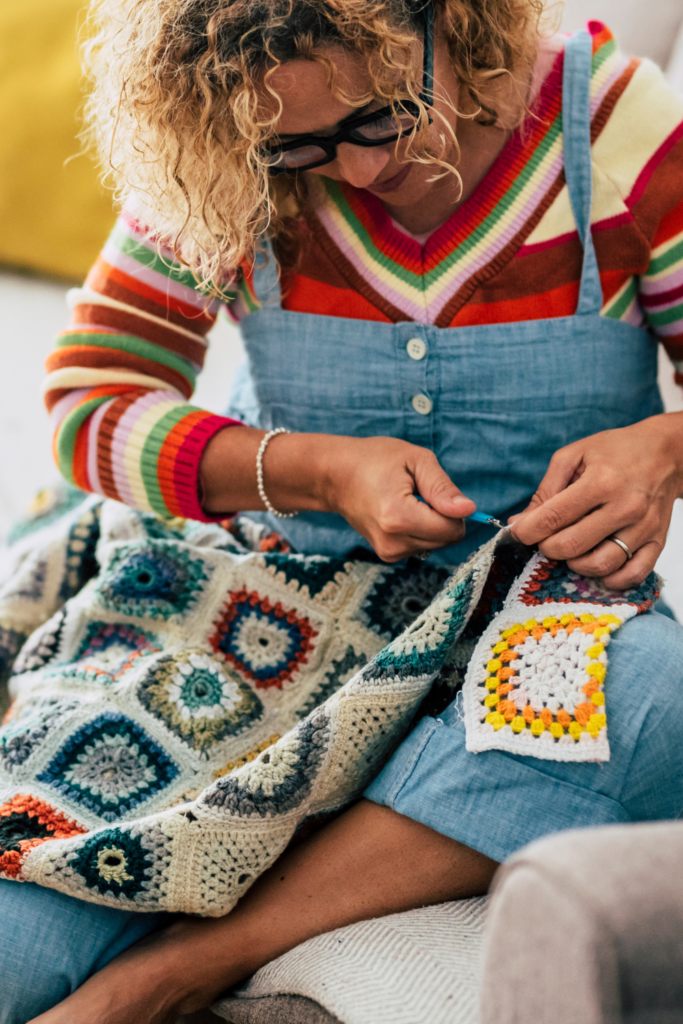
Improved Mood
Crocheting can positively impact your mood, which can indirectly help with pain management. When you're in a better emotional state, your perception of pain may be less intense.
Goal-Oriented Focus
Setting goals for your crochet projects and achieving them can provide a sense of purpose and motivation. This can be especially helpful for individuals dealing with chronic pain, as it gives them something to look forward to and work towards.
It's important to note that while crocheting can be a helpful complementary strategy for managing pain, it may not be a standalone solution for all types or levels of pain.
If you are experiencing chronic or severe pain, it's essential to consult with a healthcare professional for a comprehensive pain management plan that may include medical treatments, physical therapy, and lifestyle modifications.
Crocheting can be a valuable part of a holistic approach to pain management when used with other strategies.
3. Cognitive Benefits
Crocheting requires following patterns, counting stitches, and making decisions about colors and designs. These activities can stimulate cognitive functions, such as problem-solving and spatial awareness.
Enhanced Problem-Solving Skills
Crocheting often involves complex patterns and intricate designs. Figuring out how to create these patterns and fix mistakes encourages problem-solving and critical thinking skills.
Memory Enhancement
Remembering pattern instructions, stitch types, and color changes in crochet projects can improve memory skills. Recalling and executing these details is essential for successfully completing projects.
Spatial Awareness
Crocheting involves understanding and manipulating spatial relationships between stitches, which can enhance spatial awareness and geometry skills.
Fine Motor Skills
Crocheting requires precise hand-eye coordination and fine motor skills. The repeated hand movements can strengthen and refine these skills, which can be beneficial in various areas of life.
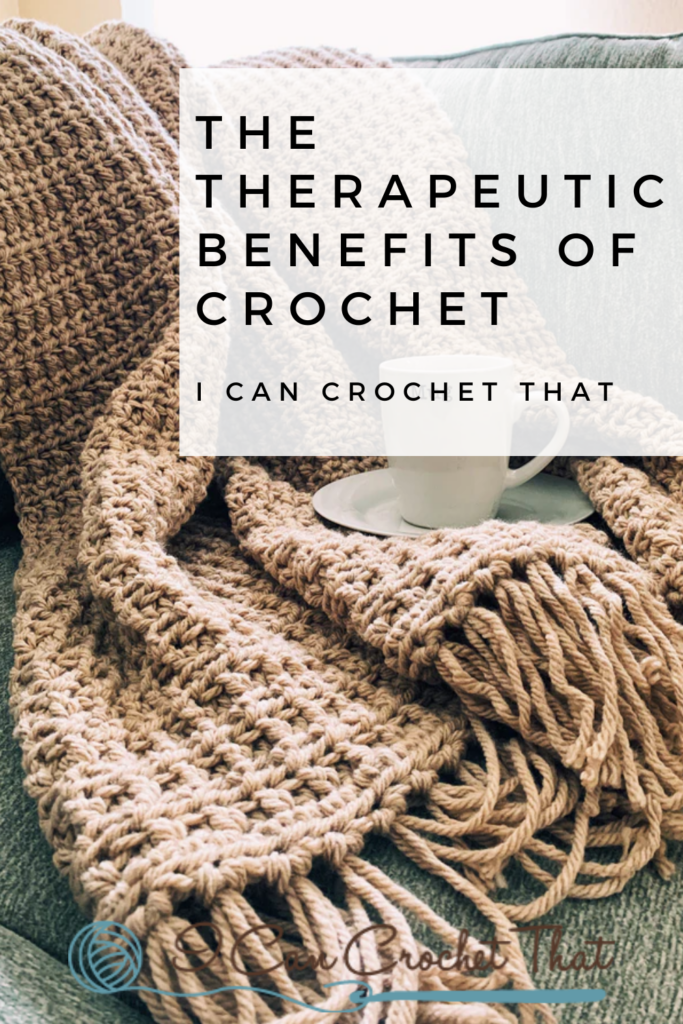
Creativity and Innovation
Crochet projects often allow for creative expression through color choices, stitch combinations, and design modifications. Engaging in creative activities stimulates the brain and encourages innovative thinking.
Pattern Recognition
Crochet patterns involve repeating sequences of stitches and symbols. Recognizing and interpreting these patterns can sharpen your pattern recognition abilities.
Sequential Thinking
Following crochet patterns often requires working through steps in a specific sequence. This sequential thinking can improve logical reasoning and planning skills.
Multitasking
Crocheting often involves juggling multiple aspects of a project at the same time, such as counting stitches, changing colors, and maintaining tension. This multitasking can challenge and improve your cognitive abilities.
Goal-Oriented
When you start a crochet project, you have a clear goal in mind—completing the project. This goal can help you stay focused and committed to the task, which in turn enhances concentration.
Cognitive Aging
Engaging in activities like crochet can help maintain cognitive function as you age. Keeping your mind active through creative and problem-solving activities may help delay cognitive decline.
It's important to note that the therapeutic benefits of crochet can vary from person to person.
Some individuals may find it more beneficial than others, and it may not be a replacement for professional mental health treatment when needed. If you're experiencing significant mental health challenges, it's essential to seek support from a qualified therapist or counselor.
Crocheting can complement other therapeutic interventions and hobbies as part of a well-rounded self-care routine.




